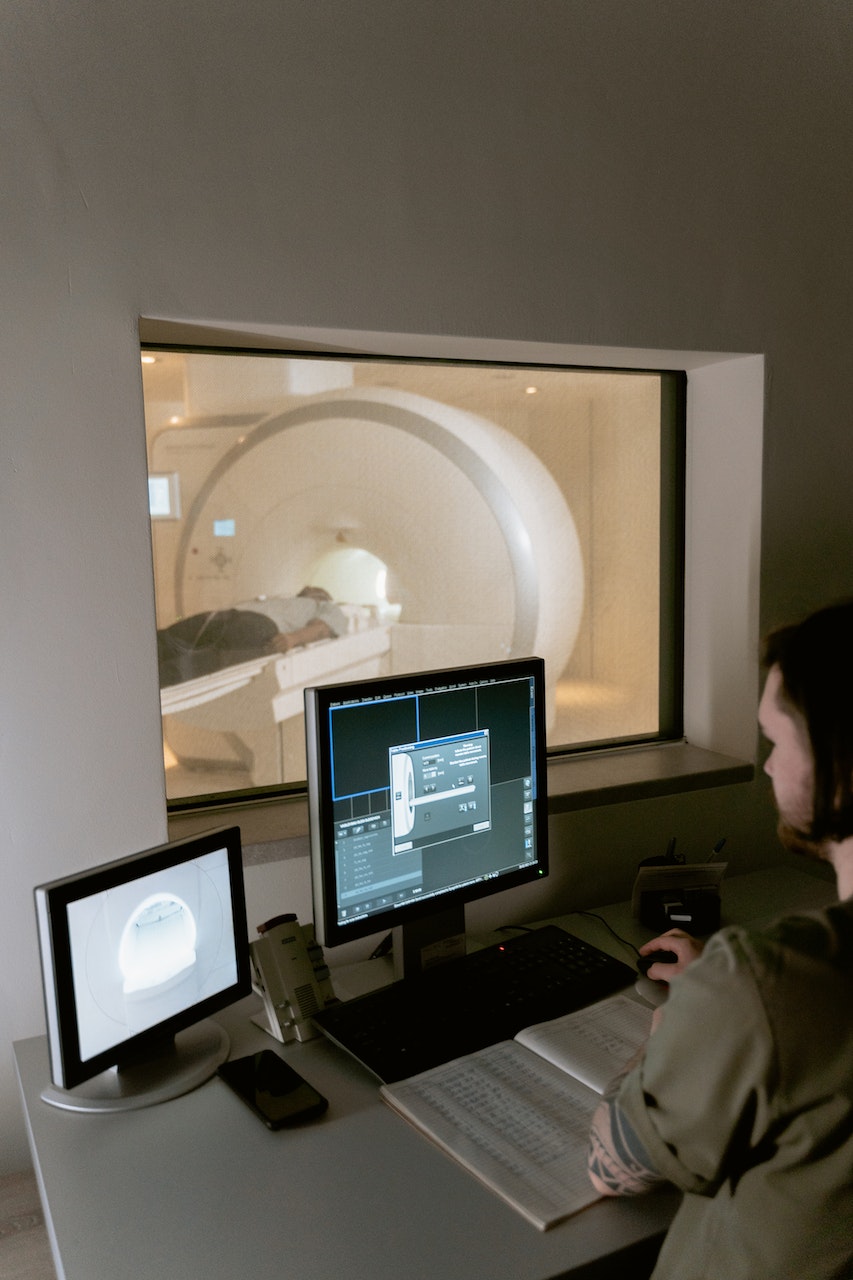 From the perspective of a workplace personal injury compensation claim, your employer owes you a very important duty of care for them to adhere to The Manual Handling Operations Regulations 1992.
From the perspective of a workplace personal injury compensation claim, your employer owes you a very important duty of care for them to adhere to The Manual Handling Operations Regulations 1992.
Regulation 4 of the legislation states:
(a) so far as is reasonably practicable, avoid the need for his employees to undertake any manual handling operations at work which involve a risk of their being injured; or
(b) where it is not reasonably practicable to avoid the need for his employees to undertake any manual handling operations at work which involve a risk of their being injured
Further to this, employers are responsible to risk assess all manual handling activities and assess whether both the employee who will be undertaking the manoeuvre and the route are suitable. So things like stairs, which can be an obvious hazard, must be taken in to serious consideration. Common problems caused by stairs when it comes to manual handling are:
- Obstructed view when using stairs (normally obstructed by the load) which can make it difficult to climb the stairs safely.
- Increased stress on the body by having to climb the stairs and lift a load.
- Risk of being more prone to losing balances as weight is shifted when climbing up and down stairs.
- The load being awkwardly and unevenly distributed when being lifted between two persons who will end up at varying heights to each other (if you are going up, the person in front may be higher).
The obvious risk of course is a fall. So there is a huge duty on employers to make sure that a manual handling task that involves stairs is absolutely safe to do. If you fall because the activity was too dangerous, you may have a claim for personal injury compensation. All employers have a duty to be insured, so you should have no trouble claiming from their liability insurance.
To find out if you have a winning claim or not, we would need to investigate a few things with the insurers. If they intend to dispute liability, we would want to see evidence of risk assessments to show why they considered the task to be safe, documentation and statements to give their conclusions as to how the accident happened, training records for all those involved, and whether there were any alternatives. This is just a few of the things we would want to look at.
If it is your colleague that has made a mistake during a lift, you may still be able to claim your employers can be held vicariously liable for the negligent action of a colleague.
For help and advice about making a claim for work injury compensation, call our free claims helpline on 0800 634 75 75.

 From the perspective of a workplace personal injury compensation claim, your employer owes you a very important duty of care for them to adhere to The Manual Handling Operations Regulations 1992.
From the perspective of a workplace personal injury compensation claim, your employer owes you a very important duty of care for them to adhere to The Manual Handling Operations Regulations 1992.









